Web Accessibility - Web Accessibility Evaluation
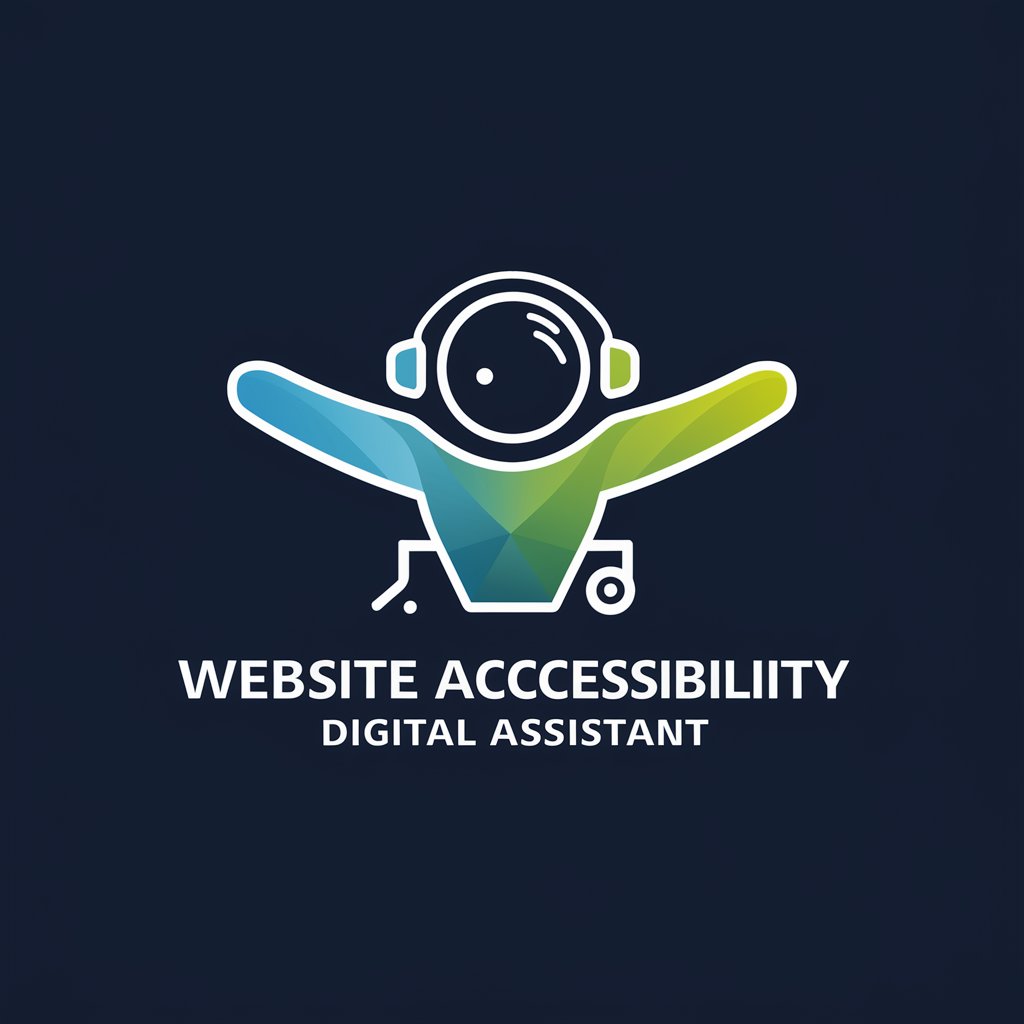
Hello! How can I assist you with website accessibility today?
Empowering Inclusive Web Experiences with AI
Explain the importance of website accessibility for non-technical users.
Provide a step-by-step guide to implementing alt text for images.
Describe the key features of WCAG 2.2 standards.
Offer tips for improving the accessibility of web forms.
Get Embed Code
Understanding Web Accessibility
Web Accessibility refers to the inclusive practice of removing barriers that prevent interaction with, or access to websites, by people with disabilities. When websites, web technologies, or web tools are properly designed and coded, individuals with disabilities can use them more effectively. This encompasses a wide range of disabilities, including visual, auditory, physical, speech, cognitive, language, learning, and neurological disabilities. An example of web accessibility in action is a website that includes alternative text for images, which allows screen readers to describe images to visually impaired users. Another scenario is providing captioning for videos, which aids those who are deaf or hard of hearing in understanding audio content. Powered by ChatGPT-4o。

Key Functions of Web Accessibility
Text Alternatives
Example
Providing alt text for images
Scenario
Allows screen readers to convey the content of images to users who are blind or have low vision.
Keyboard Accessibility
Example
Enabling navigation through a website using only a keyboard
Scenario
Assists users with motor disabilities who cannot use a mouse, ensuring they can still navigate through site content.
Readable and Understandable Content
Example
Using simple language and providing definitions for complex terminology
Scenario
Helps users with cognitive disabilities to better understand the information on a website.
Sufficient Contrast
Example
Ensuring text and background have a high contrast ratio
Scenario
Improves readability for users with visual impairments.
Adaptable Content
Example
Designing flexible layouts that work on different screen sizes
Scenario
Ensures that users with low vision can zoom in up to 200% without loss of content or functionality.
Assistive Technologies Compatibility
Example
Ensuring website compatibility with screen readers and other assistive technologies
Scenario
Enables users with various disabilities to access and interact with content effectively.
Who Benefits from Web Accessibility?
People with Disabilities
Individuals with visual, auditory, motor, speech, cognitive, and neurological disabilities can interact with web content more effectively when accessibility barriers are removed.
Elderly Users
Older individuals who may face changes in their ability to see, hear, or process information can benefit from accessible web designs that accommodate their needs.
Mobile Users
With the increasing use of mobile devices to access the web, users on small screens or in varying environments (such as bright sunlight) benefit from responsive, accessible design.
Users with Temporary Disabilities
Individuals with temporary injuries, like a broken arm, or situational limitations, such as holding a baby, benefit from websites that are accessible and easy to navigate using one hand or voice commands.
Web Developers and Designers
Professionals tasked with creating and maintaining websites will find that incorporating accessibility principles from the start leads to more robust, flexible, and future-proof web solutions.
Organizations
Businesses and institutions gain a wider audience, improve their SEO, and comply with legal requirements, thus avoiding potential legal repercussions.

Getting Started with Web Accessibility
1
Visit yeschat.ai to explore Web Accessibility without needing to sign up for ChatGPT Plus or any login.
2
Identify your role and needs to receive tailored advice, whether you are a developer, designer, content creator, or website owner.
3
Utilize the provided resources and tools to assess your website's current level of accessibility.
4
Implement the suggested changes and best practices to improve accessibility, such as enhancing keyboard navigation, ensuring content is screen reader friendly, and improving color contrast.
5
Regularly review and update your website to maintain and improve its accessibility, keeping up with the latest standards and guidelines.
Try other advanced and practical GPTs
Watch Story Teller
Crafting Timeless Narratives for Every Timepiece

Mylo Fit (coach)
Empower Your Fitness Journey with AI
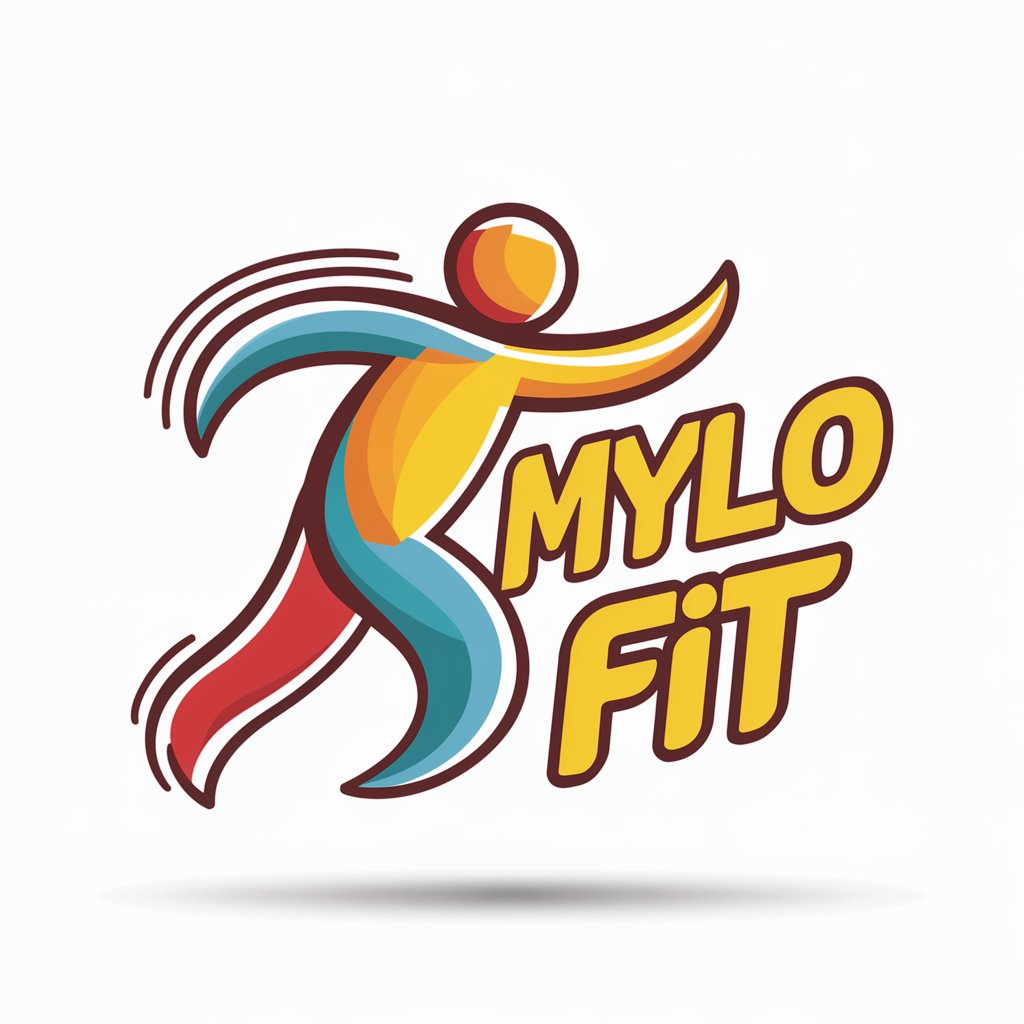
GptOracle | The Small Business Accountant
Empowering Small Businesses with AI-Driven Financial Insights
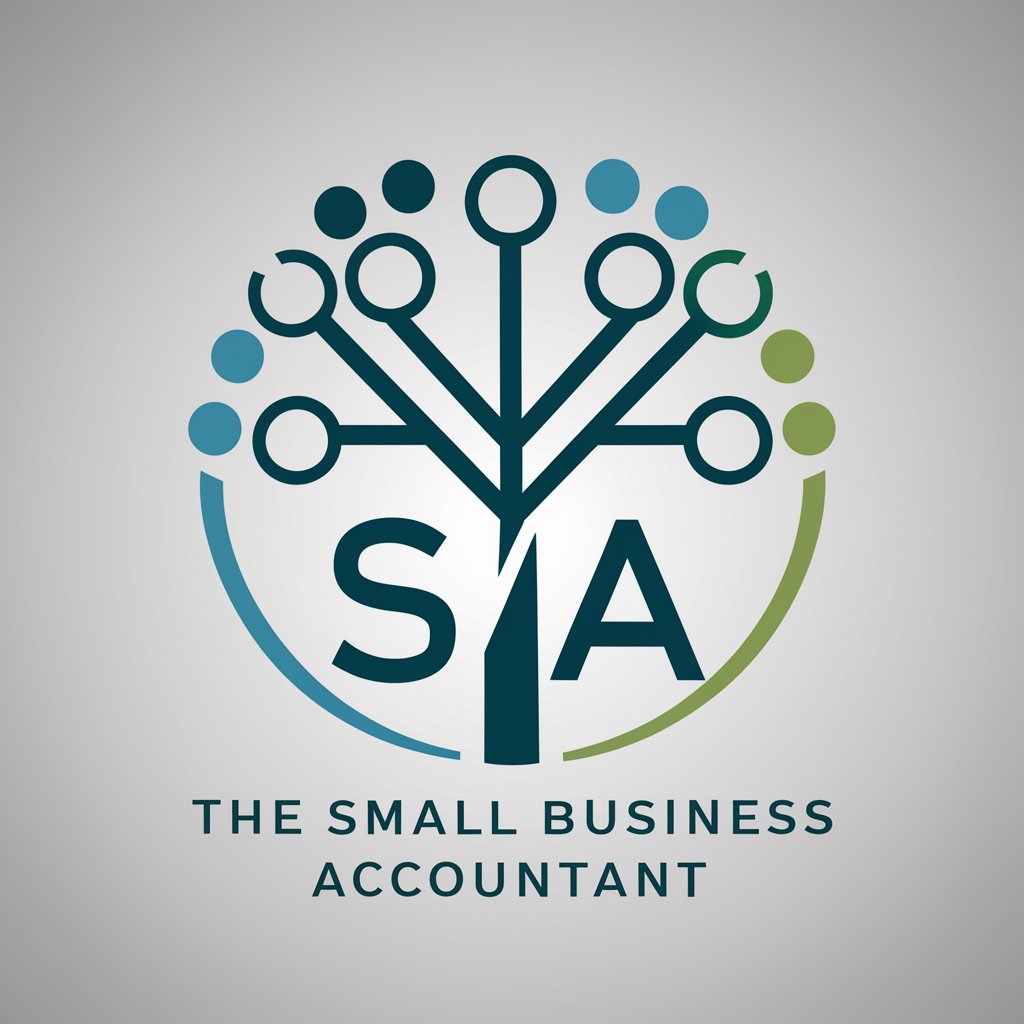
Monite - Fintech
Empowering Finance with AI
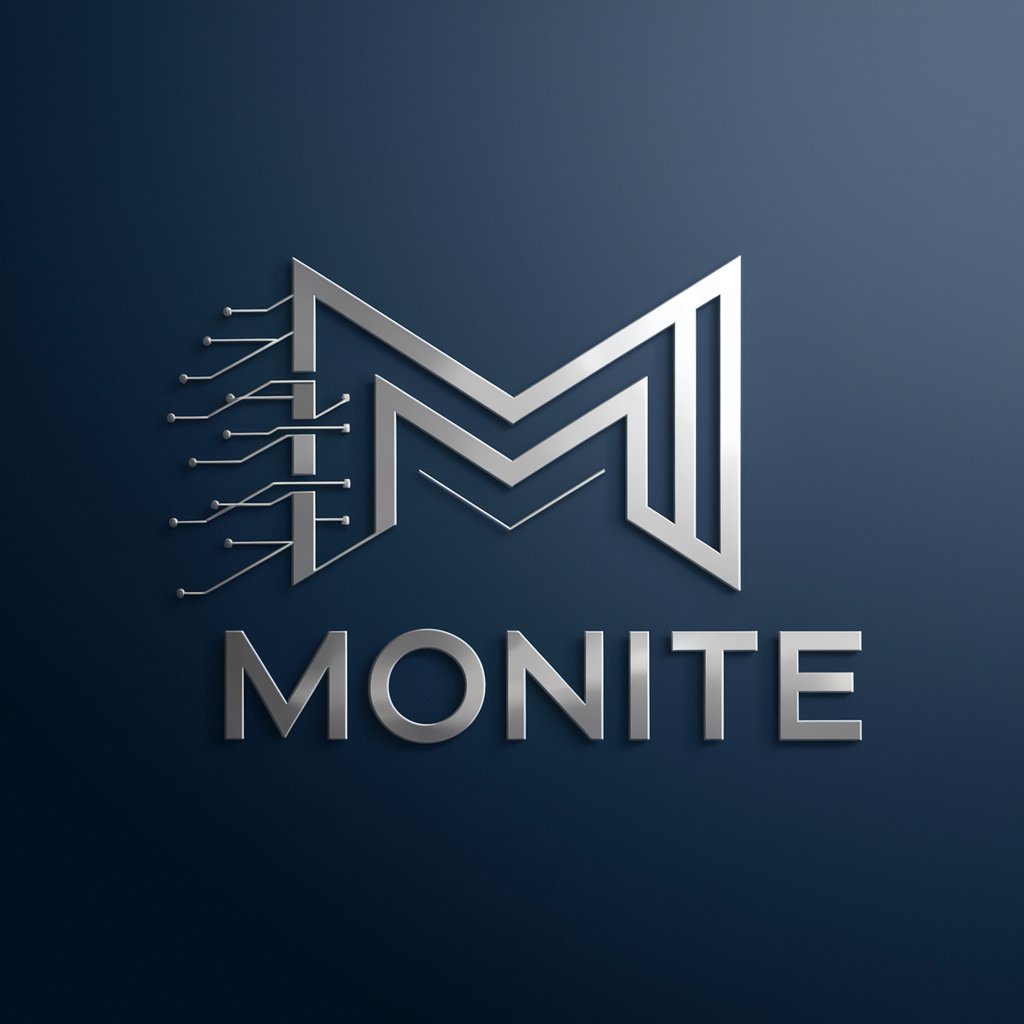
Money
Empowering Your Financial Decisions with AI

Investment Advisor
Empowering your investment journey with AI

Kevin Geary's Tutorials
Empowering with AI-Driven Web Mastery

UX/UI Insight
AI-powered UX/UI Insights for Every Website

Learn Funny Jokes
Spreading Joy with AI-Powered Humor
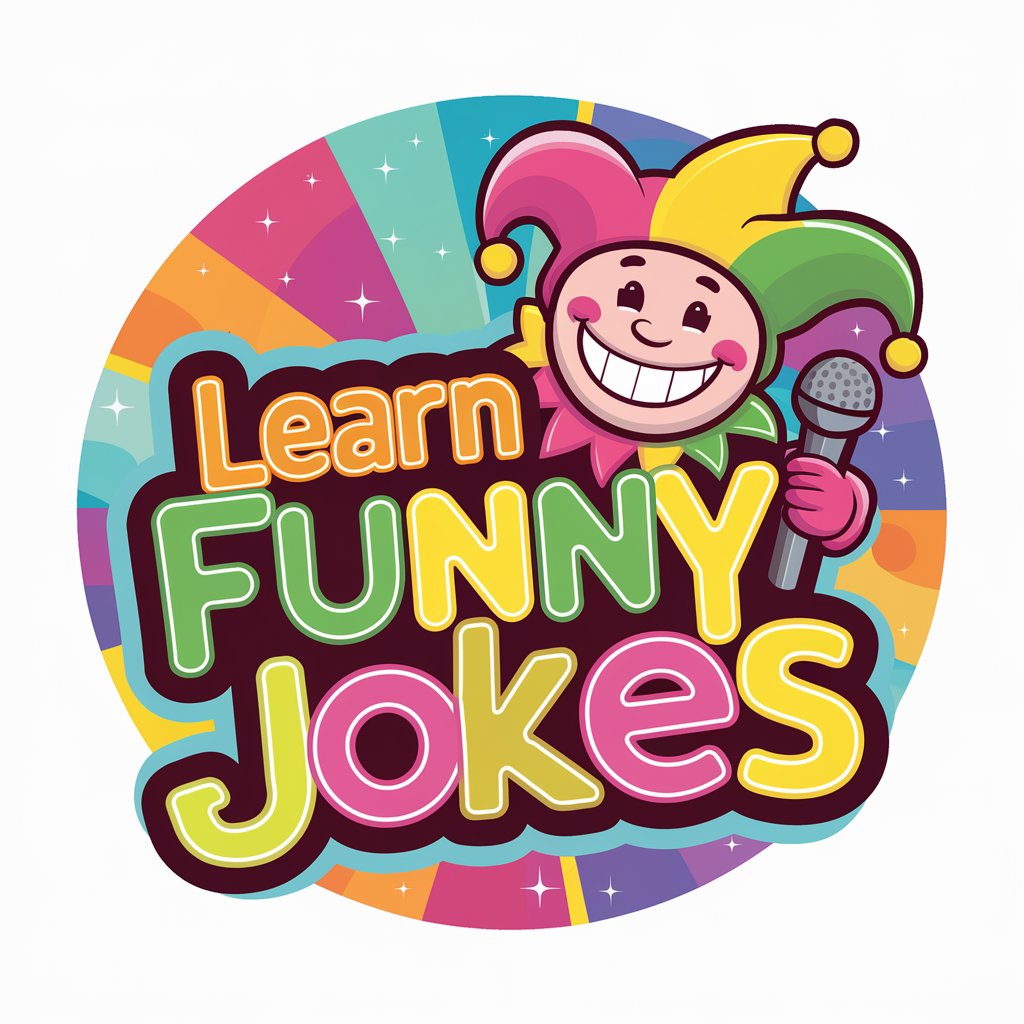
Game Dev Guru
Empowering game development with AI
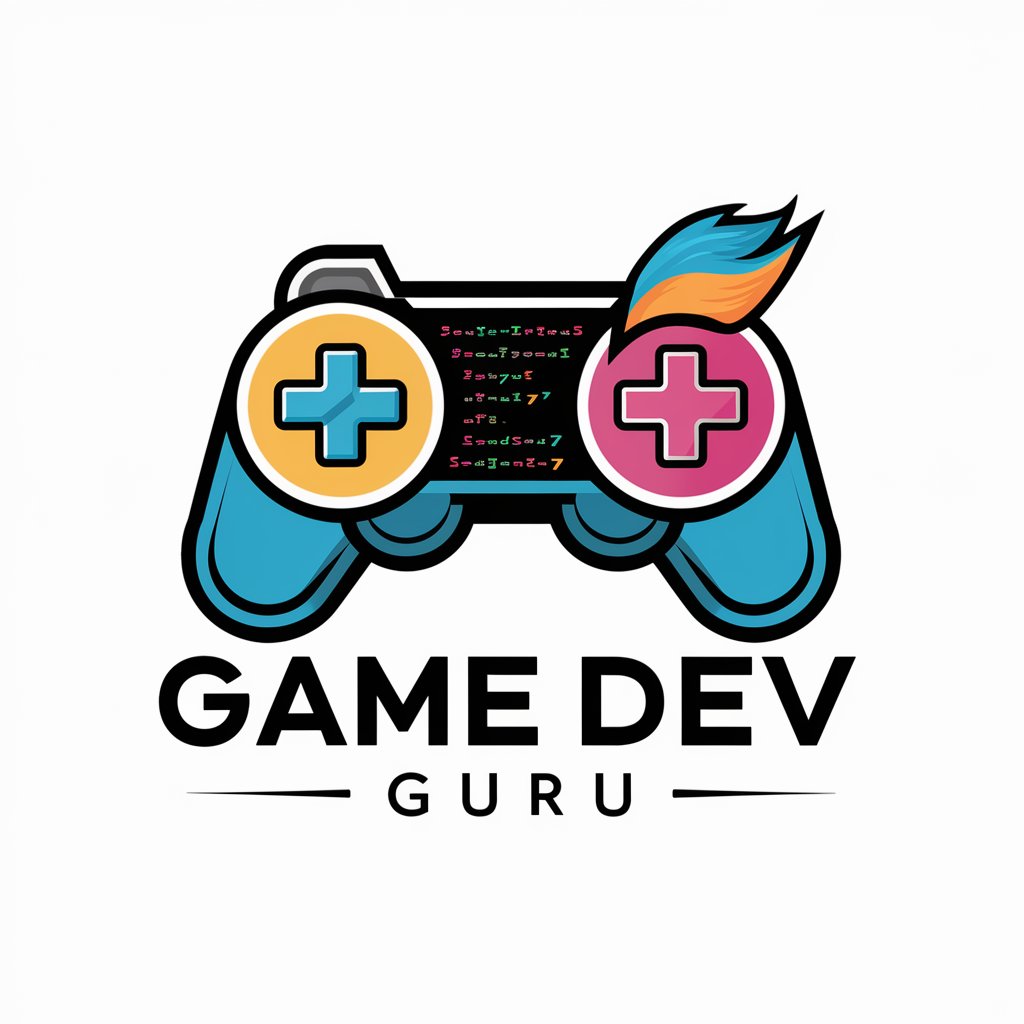
Drinking Games Buddy
Elevate Your Party with AI-Powered Drinking Games

Genetics
Deciphering genetics with AI

Frequently Asked Questions about Web Accessibility
What is Web Accessibility and why is it important?
Web Accessibility ensures that websites are usable by everyone, including people with disabilities. It's important because it promotes inclusivity, improves user experience for all visitors, and can enhance SEO.
How can I check my website's accessibility?
You can use tools like WAVE or axe Accessibility to analyze your website. These tools provide insights and recommendations to improve accessibility issues.
What are the key principles of Web Accessibility?
The key principles, known as POUR, are: Perceivable, Operable, Understandable, and Robust. Following these principles helps make web content accessible to a wider range of people.
How does accessibility impact SEO?
Improving accessibility enhances site usability, which can positively affect SEO. Search engines favor websites that are accessible to a wider audience, leading to potentially higher rankings.
Can making my website accessible improve its performance?
Yes, accessibility improvements often lead to better site performance. For example, optimized images for accessibility can also decrease page load times, improving the user experience and SEO.
